Casa Migdia: Sau Taller D’Arquitectura designs a ’chameleonic’ residence in Spain
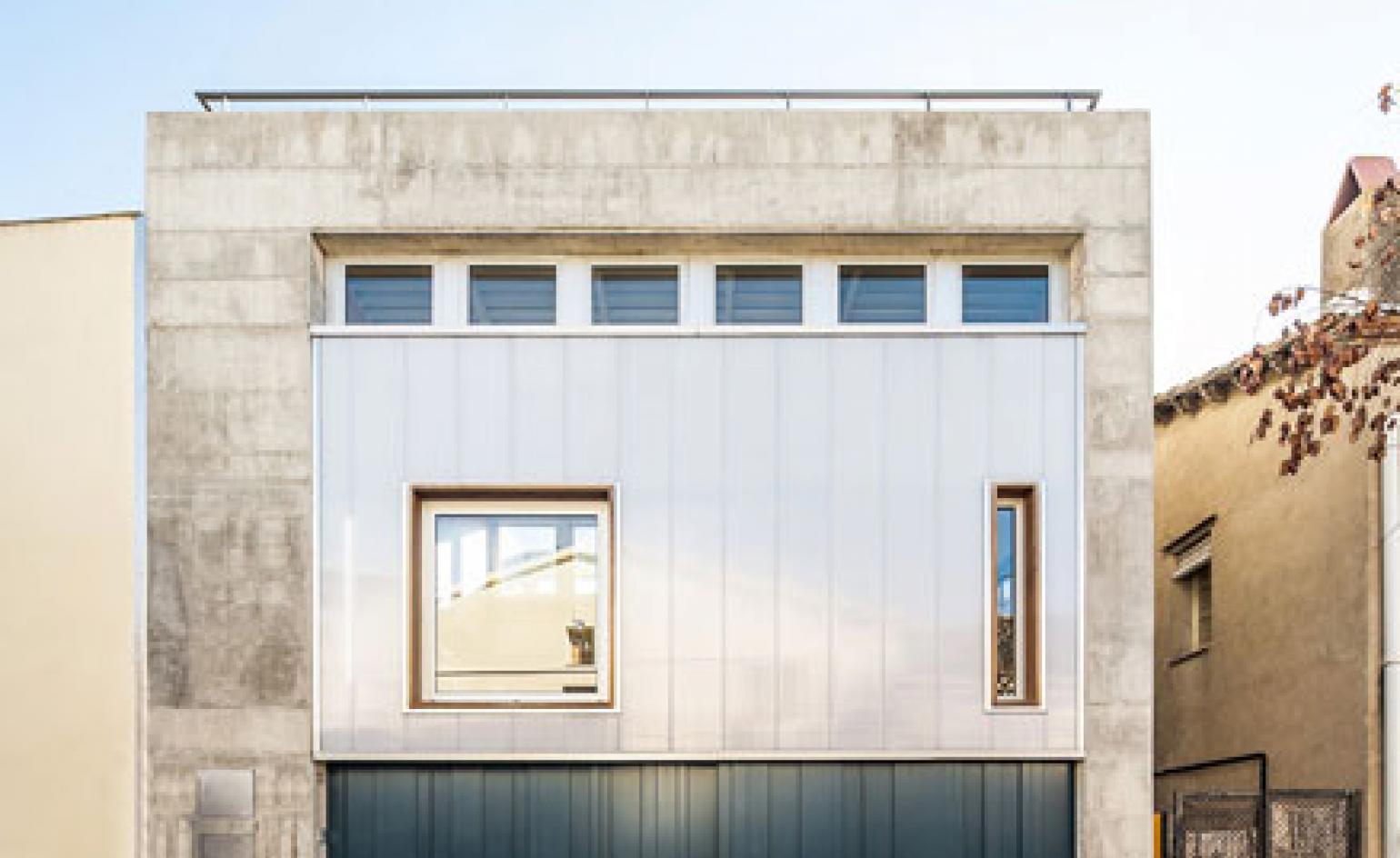
Orientation, flexibility and sustainability were top of the agenda for Girona-based practice Sau Taller d'Arquitectura when designing this brand new family home in Granollers, Spain.
''Migdia' - meaning 'midday' in Catalan - references the southern position of the sun at noon,' explain the architects, who used the way the light comes into the building as a driving force in the townhouse's design. They add, 'The house is similarly oriented towards the south and plays with qualities of light and temperature.'
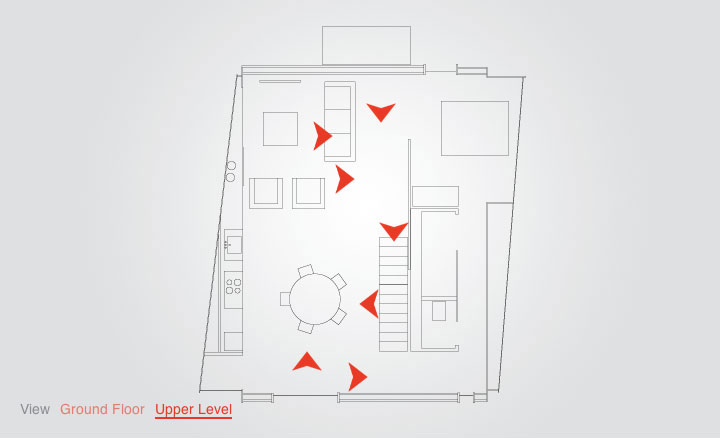
Take an interactive tour of Casa Migdia
Located a short drive from Barcelona, the two-storey house is, what the architects describe as, 'chameleonic'. A central core consisting of a well-lit staircase and the bathroom is positioned so that it divides the two levels into different parts, allowing for different functions. Timber docks, cleverly concealed within the concrete floor, provide the user with the option of adding more slabs - and therefore, walls - to change the dimensions of internal sub-spaces if needed.
On ground level, the street at the front and the courtyard at the back are connected via a multifunctional garage space, which is also used for family activities. The south-facing living room sits on the first floor, next to the dining area. These spaces communicate with the bedroom through sliding doors, enabling the user to control the level of privacy.
More outdoor space on the rooftop can be reached via the central staircase. It is composed of two terraces on different levels, connected by a set of steps. The first one, sheltered by a green pergola, creates an intimate ambience; the other is the perfect sun deck, complete with a set of solar panels forming part of the handrail.
Through the use of low-tech energy strategies, the external climate contributes to optimal levels of comfort inside. The north and south facades are the house's filters, moderating light, heat and ventilation through a combination of polycarbonate double-glazing and manual moveable aluminium louvers.
Comfort and functionality is behind the choice of materials throughout the building, which include concrete, glass and maple wood - a combination that makes for a space that is durable and handsome, but also allows for the owners to personalise it and bring it to life.
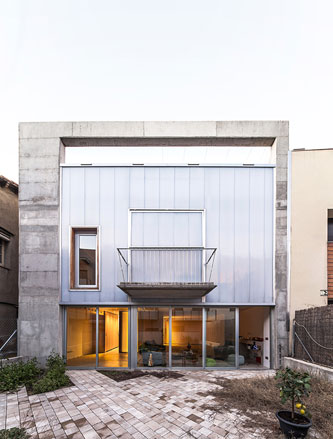
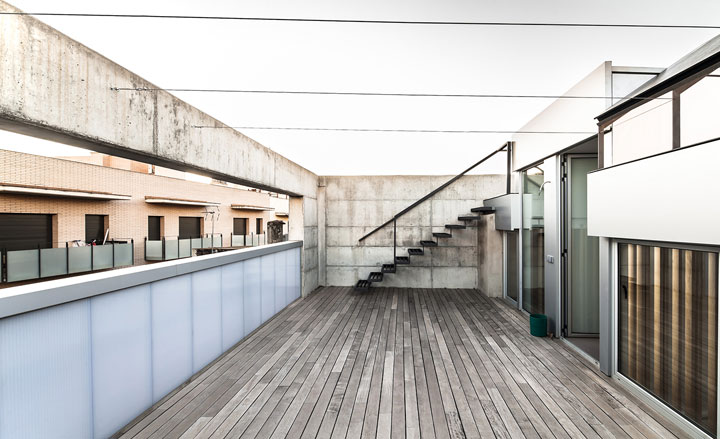
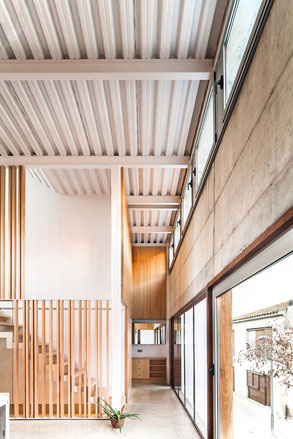
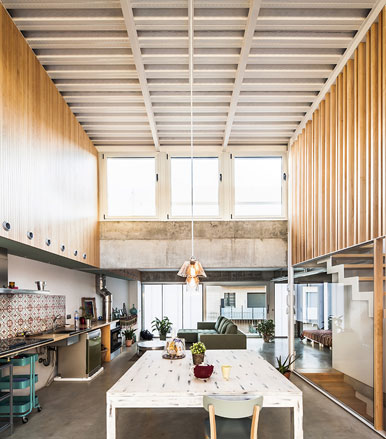
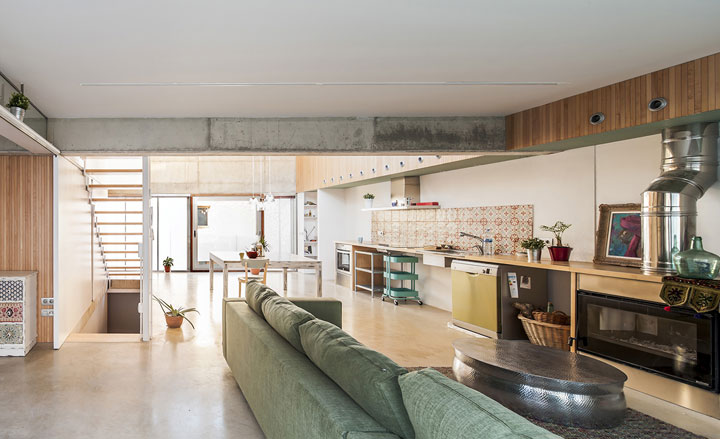
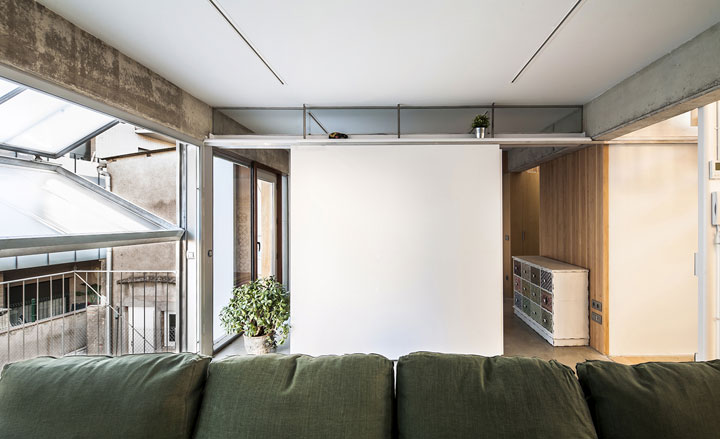
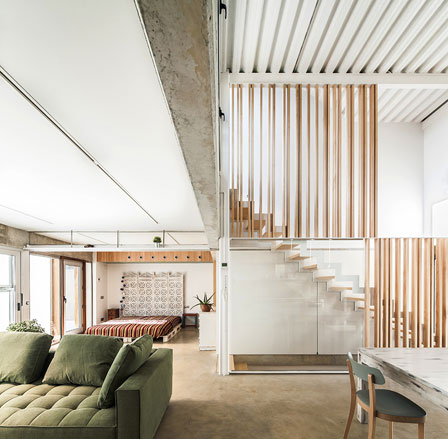
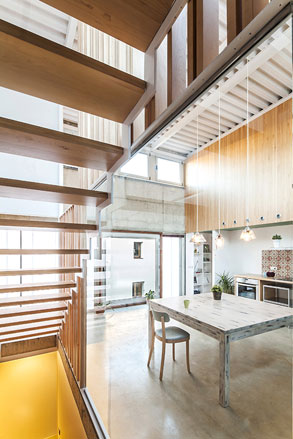
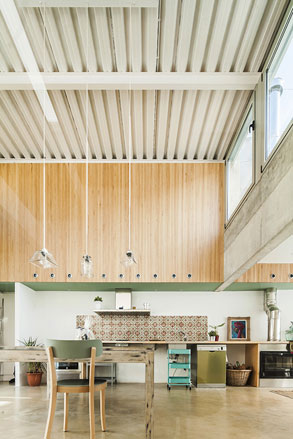
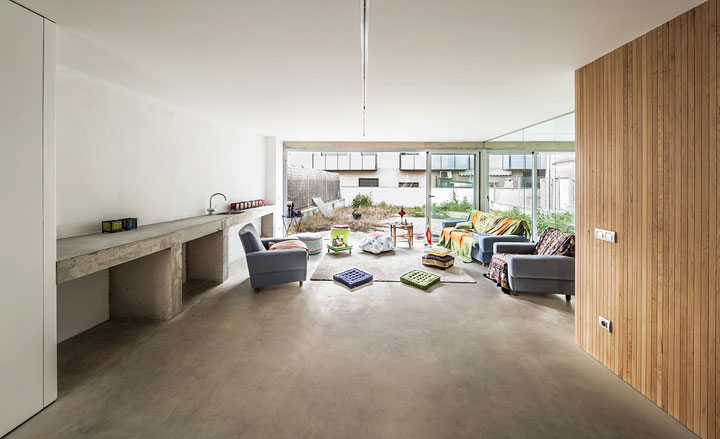
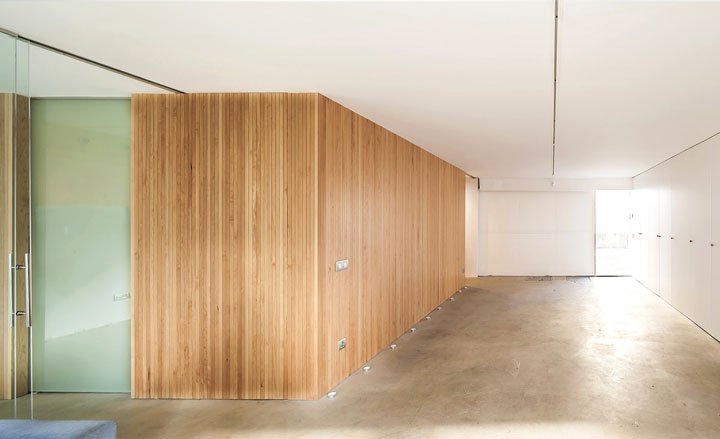
Receive our daily digest of inspiration, escapism and design stories from around the world direct to your inbox.
-
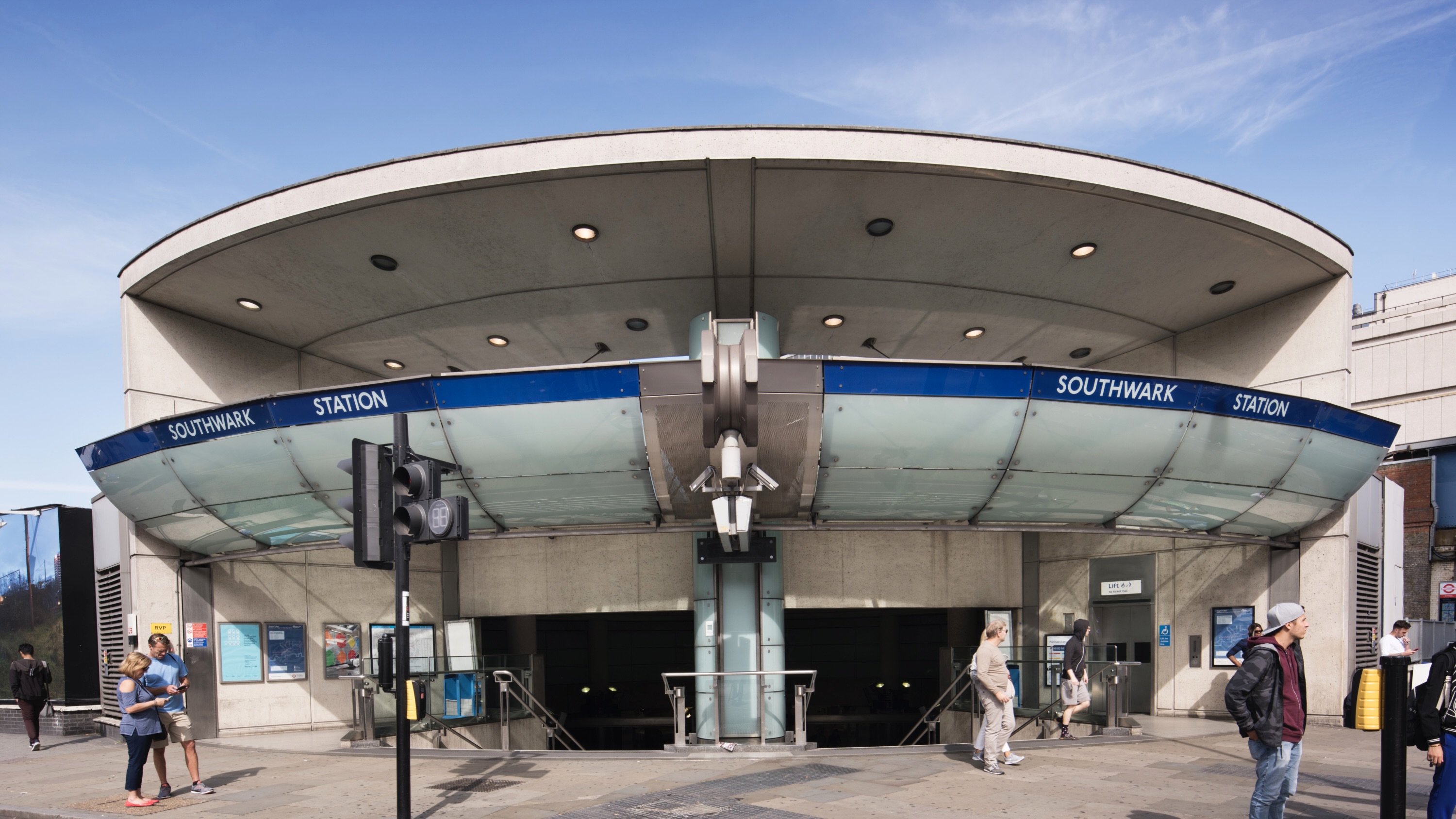 Futuristic-feeling Southwark Tube Station has been granted Grade II-listed status
Futuristic-feeling Southwark Tube Station has been granted Grade II-listed statusCelebrated as an iconic piece of late 20th-century design, the station has been added to England’s National Heritage List
-
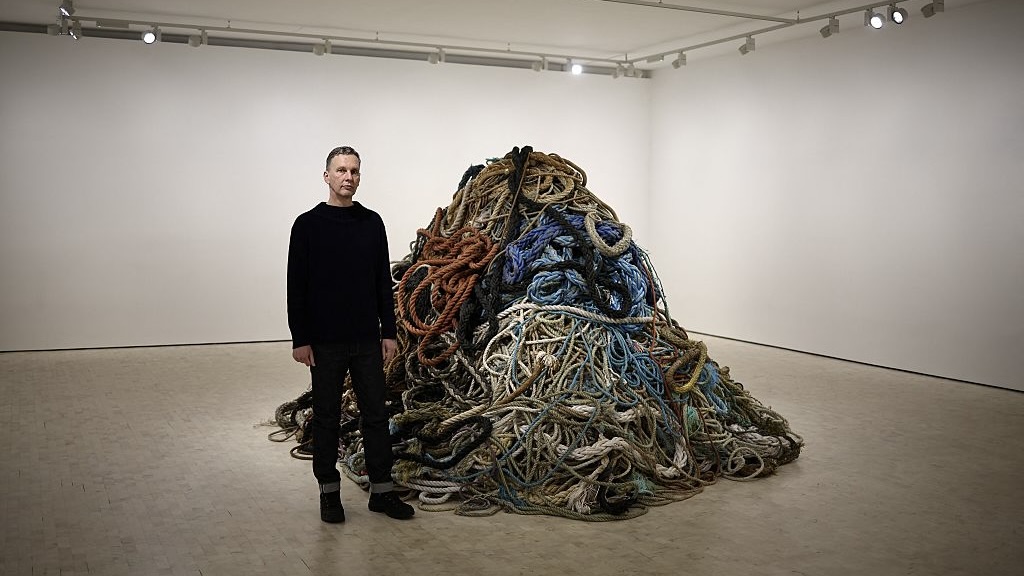 David Shrigley is quite literally asking for money for old rope (£1 million, to be precise)
David Shrigley is quite literally asking for money for old rope (£1 million, to be precise)The Turner Prize-nominated artist has filled a London gallery with ten tonnes of discarded rope, priced at £1 million, slyly questioning the arbitrariness of artistic value
-
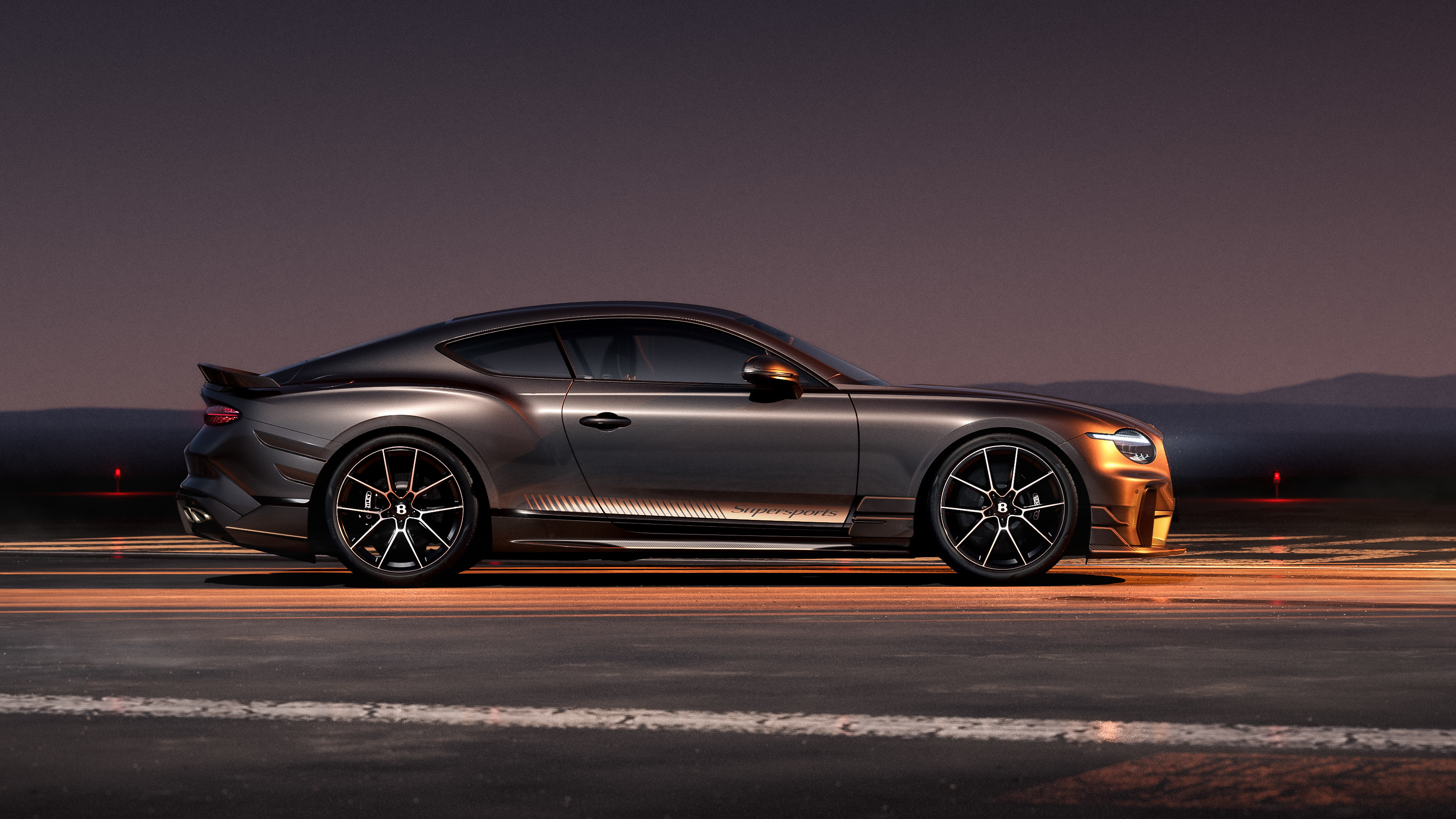 The new Bentley Supersports pares back the luxury to create a screaming two-seater
The new Bentley Supersports pares back the luxury to create a screaming two-seaterBentley redefines its iconic grand tourer with a lightweight performance variant that strips out the trim and the tech and adds in refined dynamics and more visual drama than ever before
-
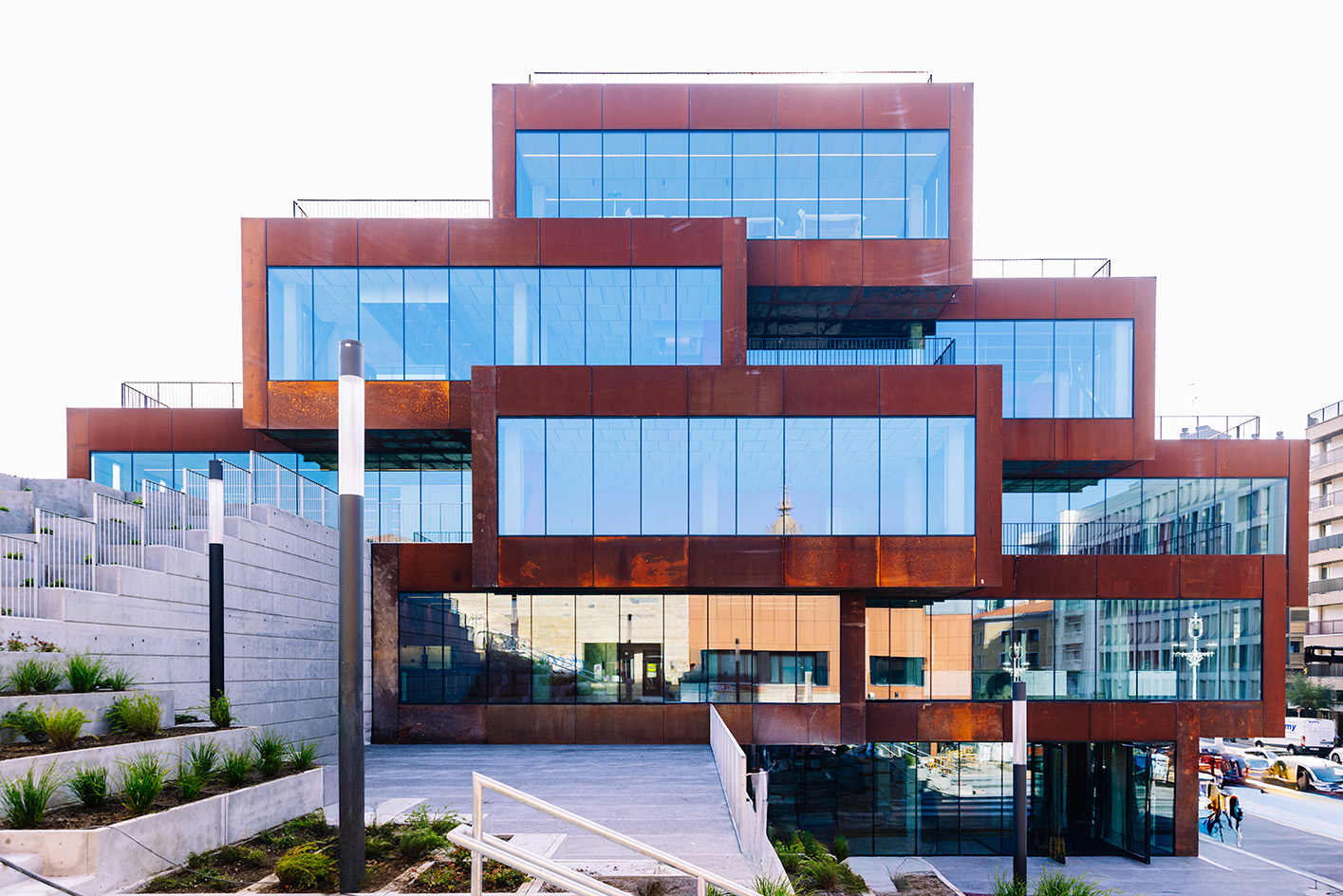 In the heart of Basque Country, Bjarke Ingels unveils a striking modular building devoted to culinary research
In the heart of Basque Country, Bjarke Ingels unveils a striking modular building devoted to culinary researchSee what the architect cooked up for the Basque Culinary Center in San Sebastián, Spain
-
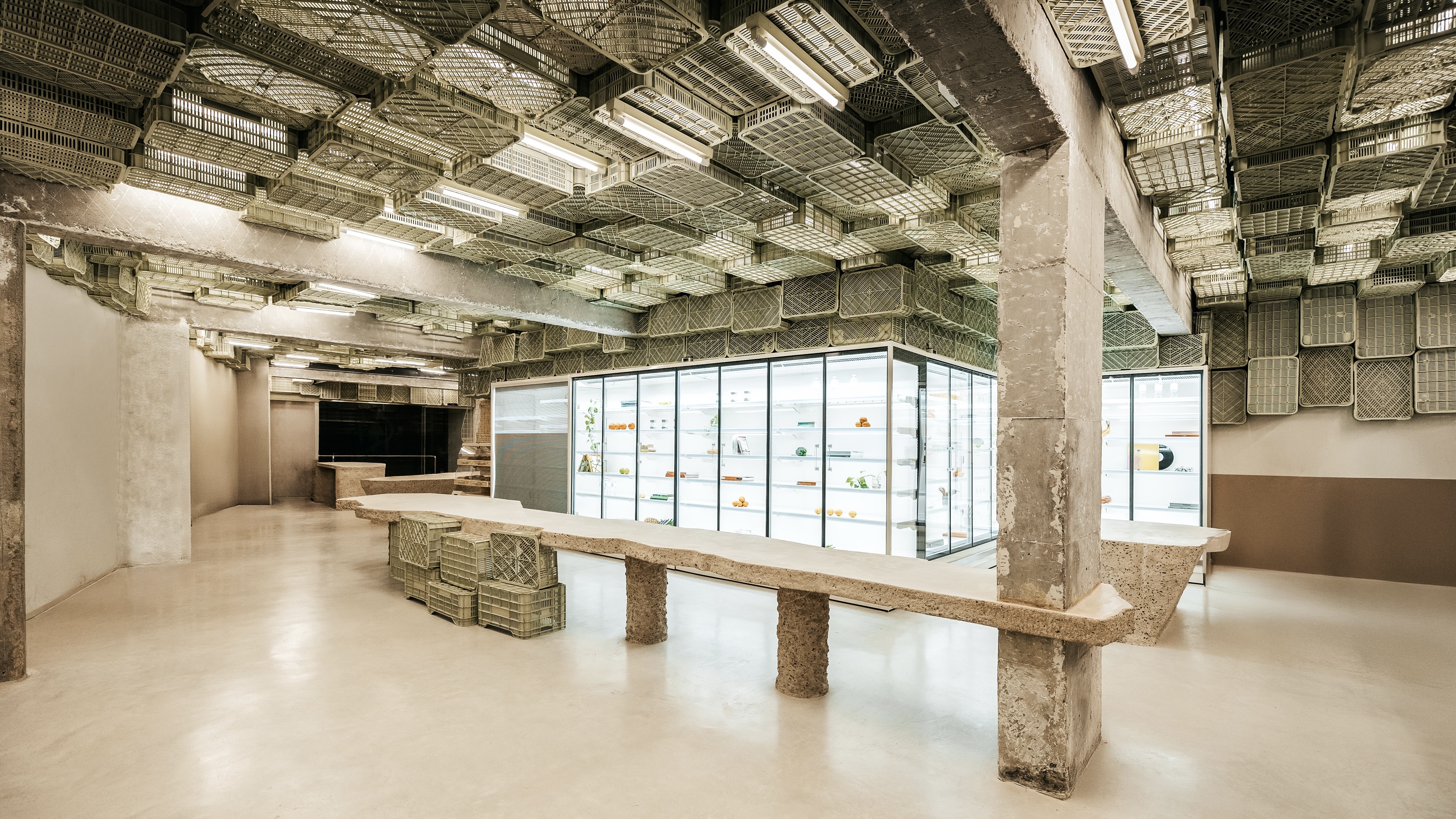 Spice up the weekly shop at Mallorca’s brutalist supermarket
Spice up the weekly shop at Mallorca’s brutalist supermarketIn this brutalist supermarket, through the use of raw concrete, monolithic forms and modular elements, designer Minimal Studio hints at a critique of consumer culture
-
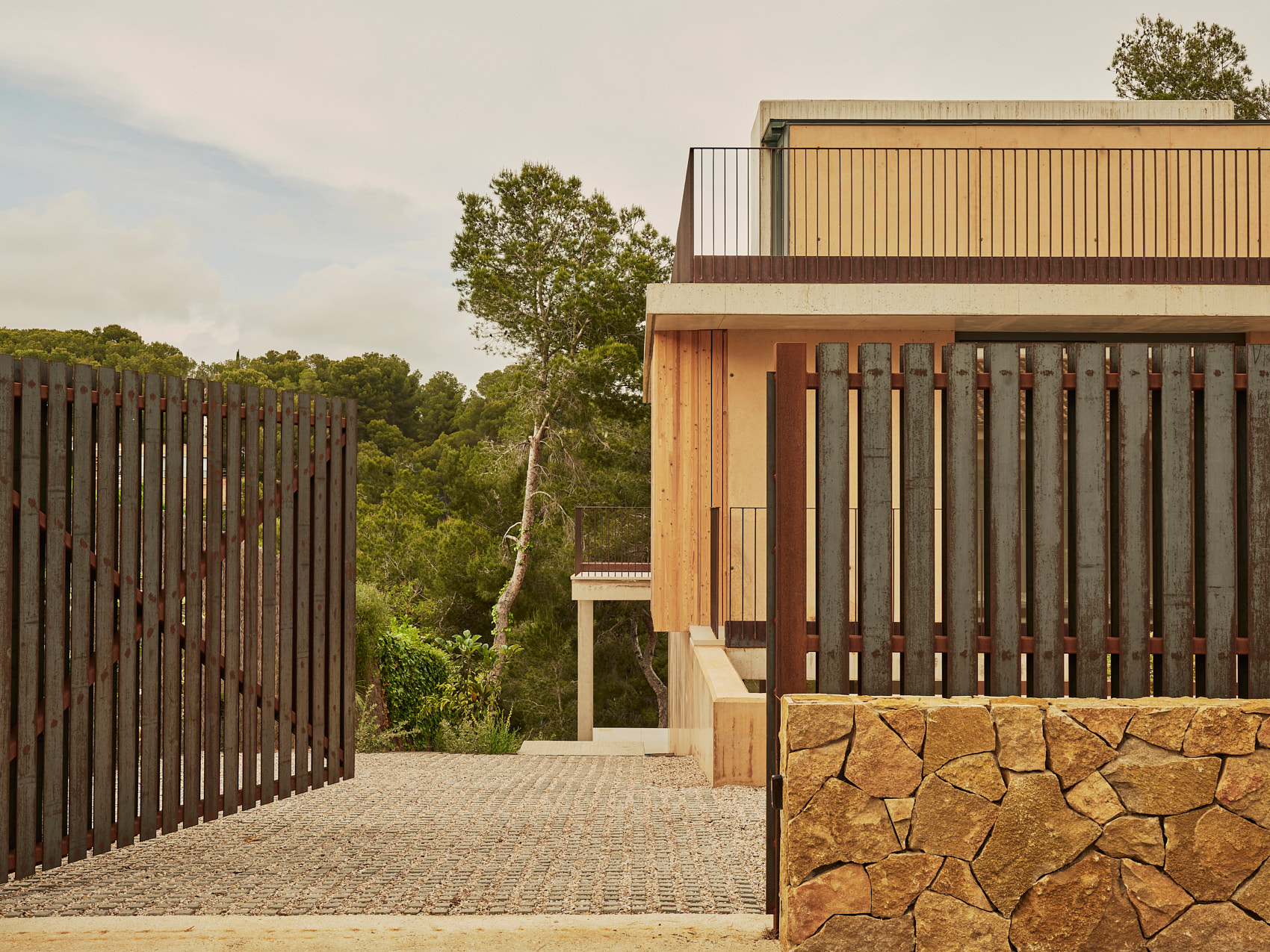 A Spanish house designed to ‘provide not just shelter, but a tangible, physical experience’
A Spanish house designed to ‘provide not just shelter, but a tangible, physical experience’A Spanish house outside Tarragona creates a tangible framework for the everyday life of a couple working flexibly in the digital world
-
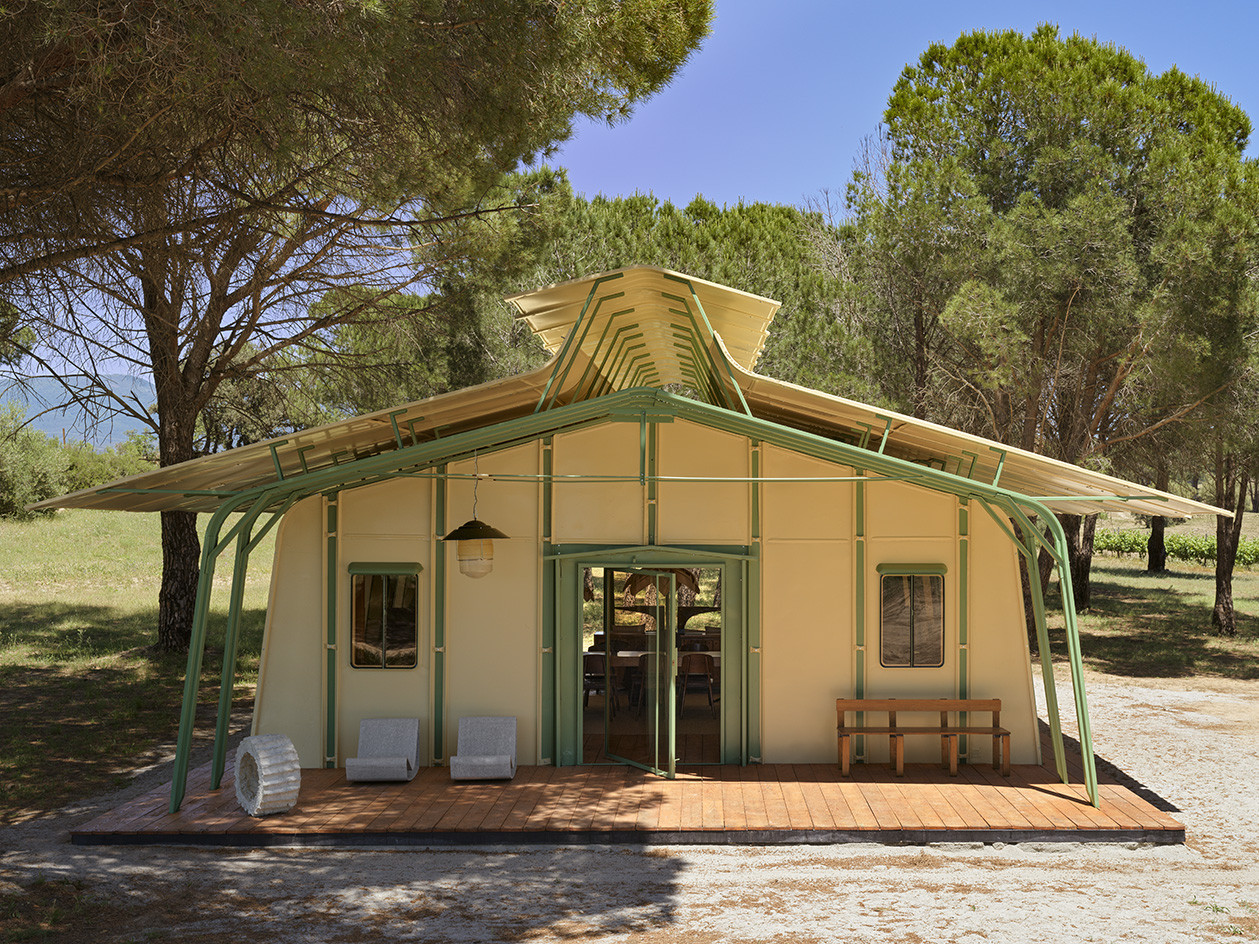 Meet Ferdinand Fillod, a forgotten pioneer of prefabricated architecture
Meet Ferdinand Fillod, a forgotten pioneer of prefabricated architectureHis clever flat-pack structures were 'a little like Ikea before its time.'
-
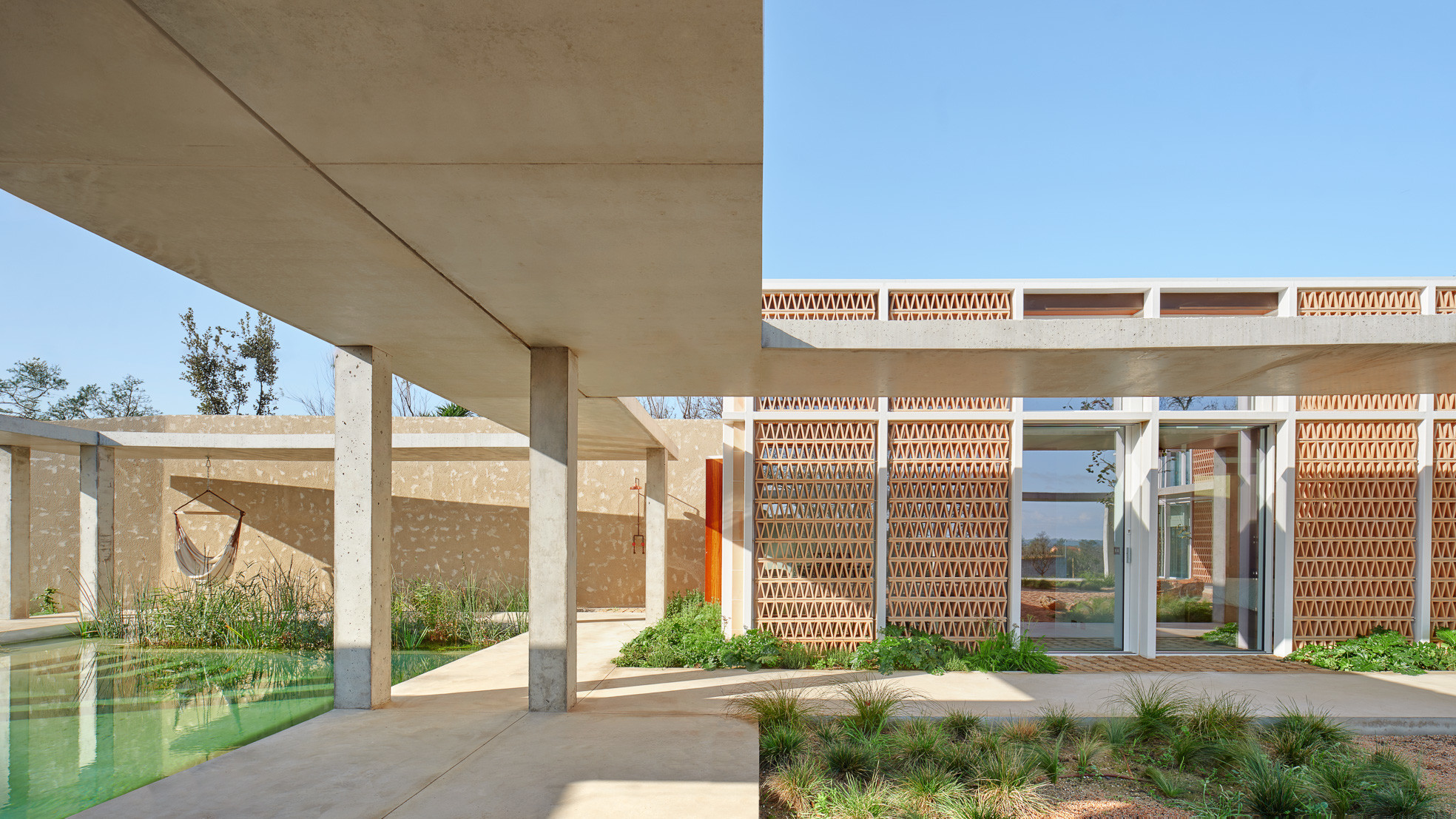 A courtyard house in northern Spain plays with classical influences and modernist forms
A courtyard house in northern Spain plays with classical influences and modernist formsA new courtyard house, Casa Tres Patis by Twobo Arquitectura, is a private complex that combines rich materiality and intriguing spatial alignments
-
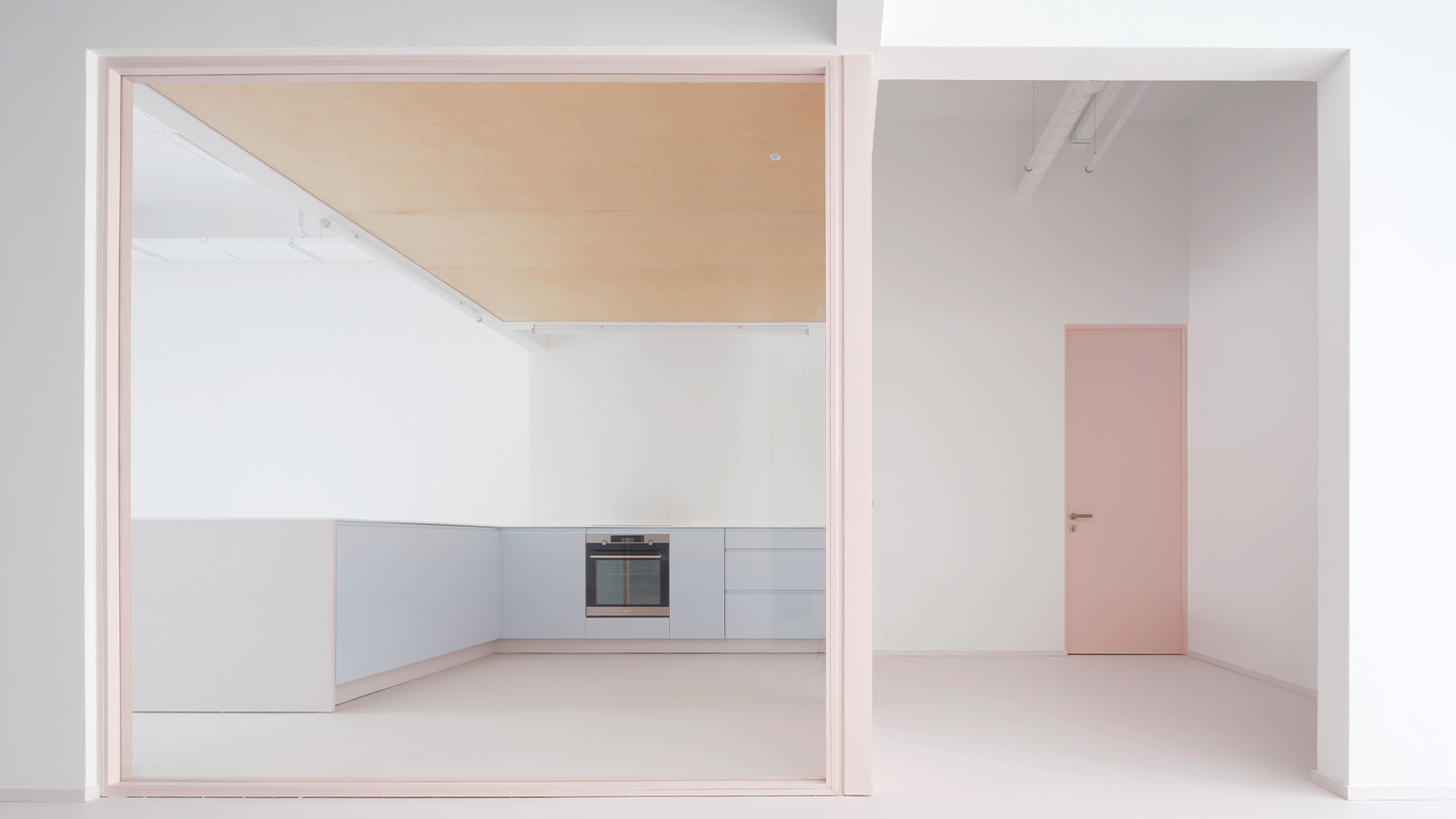 In Santander, a cotton candy-coloured HQ is a contemporary delight
In Santander, a cotton candy-coloured HQ is a contemporary delightSantander’s Colección ES Headquarters, a multifunctional space for art, office work, and hosting, underwent a refurbishment by Carbajo Hermanos, drawing inspiration from both travels and local context
-
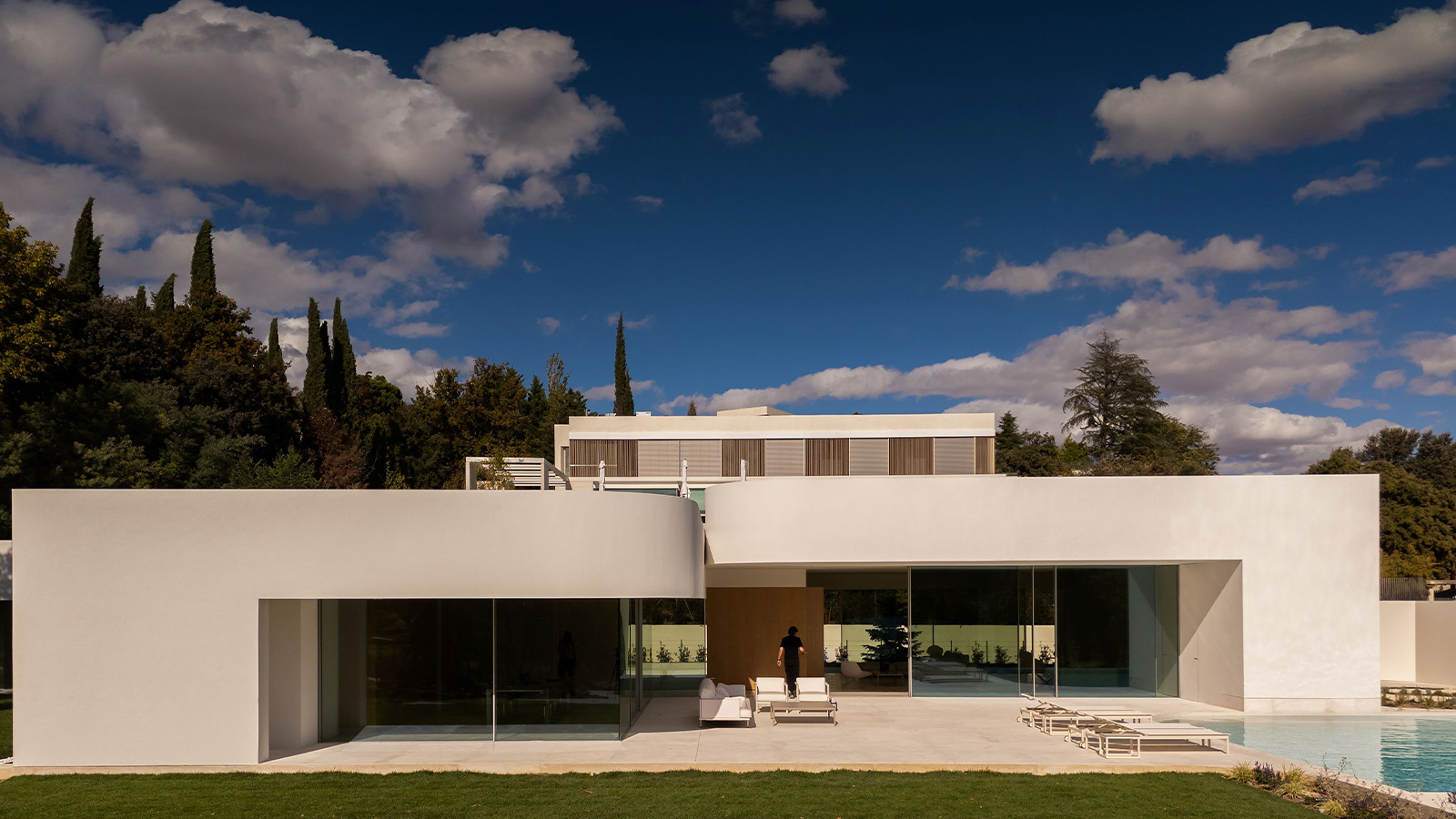 This Madrid villa’s sculptural details add to its serene appeal
This Madrid villa’s sculptural details add to its serene appealVilla 18 by Fran Silvestre Architects, one of a trilogy of new homes in La Moraleja, plays with geometry and curves – take a tour
-
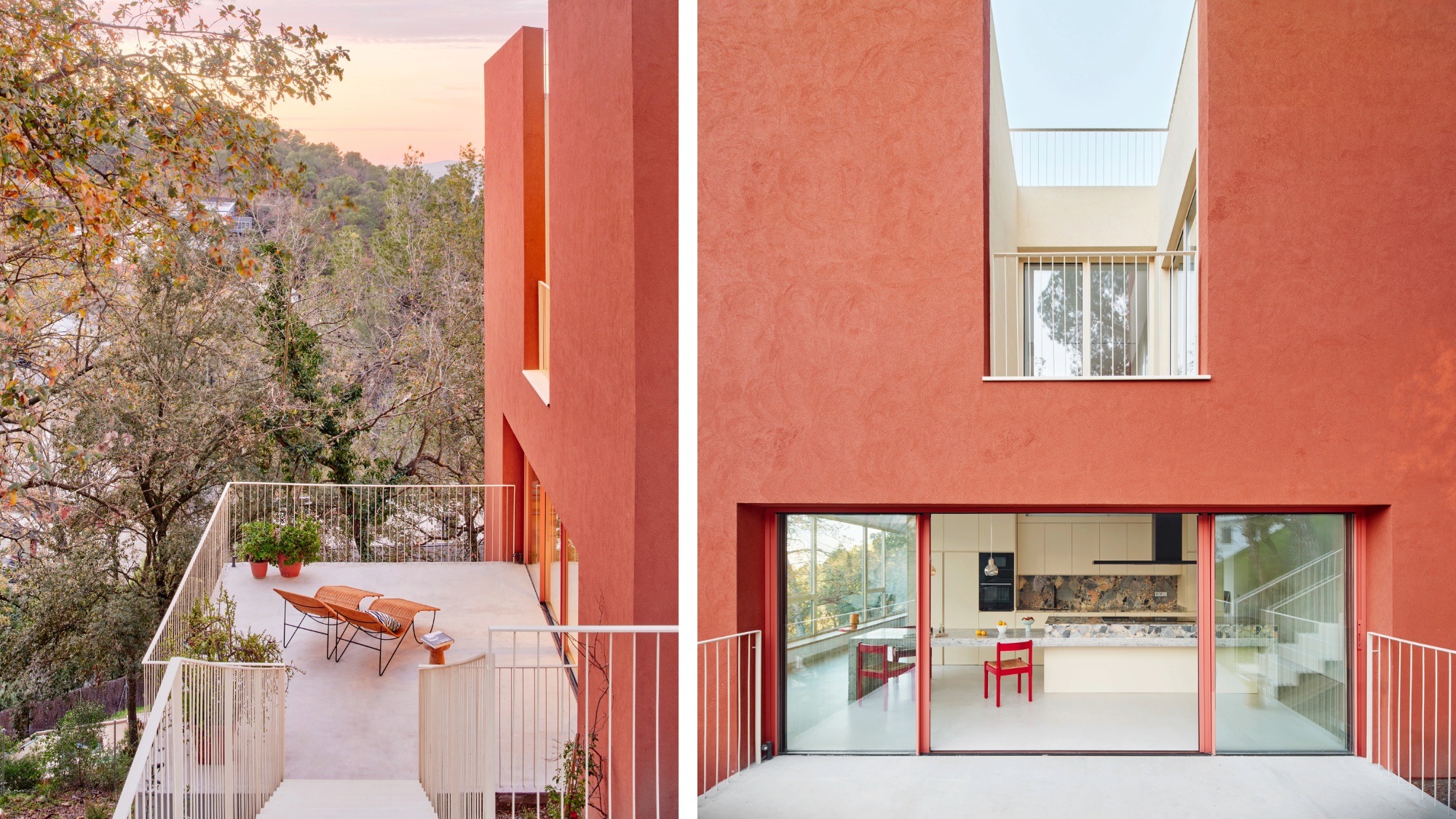 This striking Spanish house makes the most of a tricky plot in a good area
This striking Spanish house makes the most of a tricky plot in a good areaA Spanish house perched on a steep slope in the leafy suburbs of Barcelona, Raúl Sánchez Architects’ Casa Magarola features colourful details, vintage designs and hidden balconies